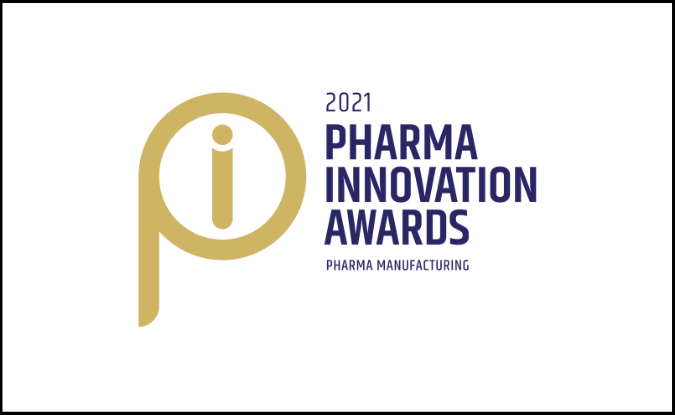In a recent blog we talked about the challenge of supply disruptions that have impacted the pharmaceutical industry. We discussed digital technologies that help by supporting agile and on-time production of high-quality pharmaceuticals to quickly meet fluctuations in demand. In this blog, we dive deeper into one of these digital accelerators: fully digital solutions for planning and scheduling.
A person’s ability to effectively manage trade-offs among interacting factors declines markedly beyond four independent variables.1 In planning and scheduling for modern pharmaceutical processes there can be thousands of variables, well beyond human capacity to assess and respond effectively, even for someone very experienced. As a workaround, companies resort to a combination of guidelines and prescriptive protocols, such as defining minimum and maximum campaign lengths. These restrictions help reduce complexity and increase consistency in the decision-making process. However, the resulting simplifications come at the cost of significantly less flexibility for matching the schedule to the needs of the market in an efficient manner. Examples include missed opportunities to effectively coordinate competing demands for resources (material, equipment and human), shorten transitions between steps, maintain safety stock at ideal levels, quickly respond to unexpected orders and more.
A further challenge is that traditional workflows are typically cobbled together with spreadsheet calculations, written procedures, and communication via email, phone and in-person meetings. All this adds to complexity of workflow, lost time, poor visibility, and risk of miscommunication and errors. This drives missteps and inertia in the scheduling process, putting stress on both the scheduler and those on the production floor. This frustrating work environment can drive staff turnover, especially in the scheduling department and especially in the current context of the Great Resignation, as discussed in a recent article by Dwaine Plauche from AspenTech. To make matters worse, dependence on both manual processes and tribal knowledge impede the newly employed scheduler from quickly mastering their role.
Our in-house pharma scheduling expert, Cade VanRooyen, describes in a recently published interview how he experienced these frustrations as a master scheduler in industry: “Manufacturers with traditional scheduling methods constantly struggle with creating one source of the truth. High-volume, repetitive and duplicate data entry creates significant busywork and frustration. One small change to a schedule can easily result in a day’s worth of adjustments. Instead of proactively working on perfecting the production plan, 25 to 45 percent of a scheduler’s time involves reacting to changes in the supply chain.”
Clearly the stakes are high when it comes to the impact that a company’s proficiency in planning and scheduling has on both supply security and the bottom line. To address this, digital planning and scheduling tools greatly automate the processes of assimilating past, current and projected data and trends, updating relevant constraints, and running alternative scenarios through realistic system models to generate a production schedule that is not only feasible but also improves key performance indicators (KPIs) around time and cost utilization. As a result, the need for daily updates in response to disruptions in available raw materials, equipment, personnel and distribution resources becomes less of a daunting task. The scheduler is empowered to shift from reactive to proactive, ultimately delivering product supply that is consistently on-time, in-full, while also helping debottleneck capacity limitations, reduce cycle times, improve management of inventory levels and utilize resources efficiently. In addition, the automation of tedious manual tasks reduces frustrations and stress, granting the scheduler greater job satisfaction and more bandwidth and energy to focus on strategic decision-making.
Digital scheduling solutions are not all created equal. For example, a best-in-class solution will include the ability of the system models to self-adapt to changes in process behavior over time, thus maintaining accurate predictions. This ensures the automated scheduling decisions are just as effective in future years as when the system was first commissioned.
AspenTech’s digital solutions for planning and scheduling demonstrate value for pharma producers. For example, Lonza, an exemplar contract manufacturing organization (CMO), has been using these digital tools for many years to streamline scheduling at multiple sites across the world. In one application of automated scheduling, they publicly reported a production capacity increase of 20% through consistently improved utilization of over 200 assets.
Planning and scheduling also have important touch points with related business functions. For example, AspenTech’s predictive and prescriptive maintenance solution provides advanced warning that the integrity of an equipment item is degrading together with the time window in which maintenance is needed. An alert is shared digitally with AspenTech’s automated scheduling system. This in turn triggers an updated schedule that determines the best date to take the equipment out of service so that it is both maintained in time and the disruption to the production schedule is minimized.
Other AspenTech technologies that complement planning and scheduling are PAT and advanced process control (APC)2. Together these technologies ensure that critical attributes for product quality and yield are measured and controlled in real-time, significantly boosting throughput of the on-spec production needed by the schedule to ensure customer orders are fulfilled completely in a timely manner.
The boost in efficient and effective planning and scheduling proffered by digital technologies, together with the complementary technologies just discussed, help alleviate supply pressures in the pharma Value Chain Network, benefiting patients with more dependable access to cost-effective medicines. Everyone wins.
With even modest complexity in managing raw materials, equipment, personnel, multiple products and distribution logistics, a modern, fully digital planning and scheduling solution can drive significant benefits for pharmaceutical producers and customers alike. Learn more about the challenges of a pharma master scheduler in our interview with Cade VanRooyen and explore AspenTech’s full range of digital solutions for the pharmaceutical industry.
1 Halford, G.S., Baker R, McCredden, J.E. and Bain, J.D. (2005). How many variables can humans process? Psychological Science, 16(1), 70-76. https://doi.org/10.1111/j.0956-7976.2005.00782.x
2 Advanced process control (APC) is increasingly being recognized by thought leaders as the way of the future for pharma. For example: Huang, J., et al. (2020). AIChE PD2M Advanced Process Control workshop – moving APC forward in the pharmaceutical industry J. Adv. Mfg & Processing | https://doi.org/10.1002/amp2.10071






Leave A Comment